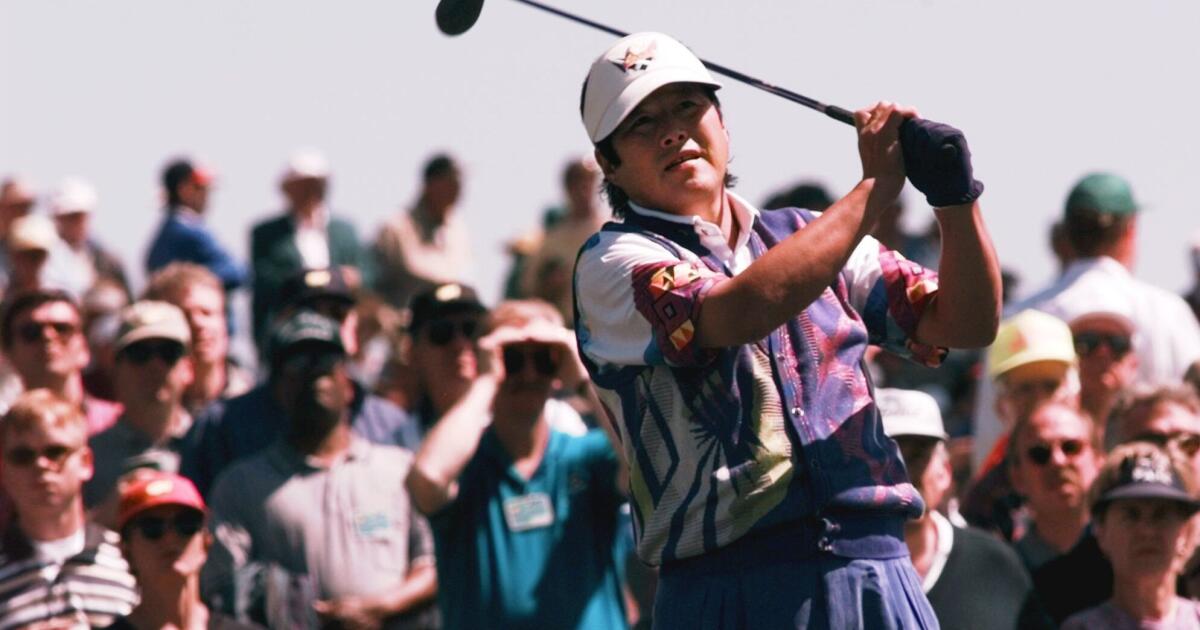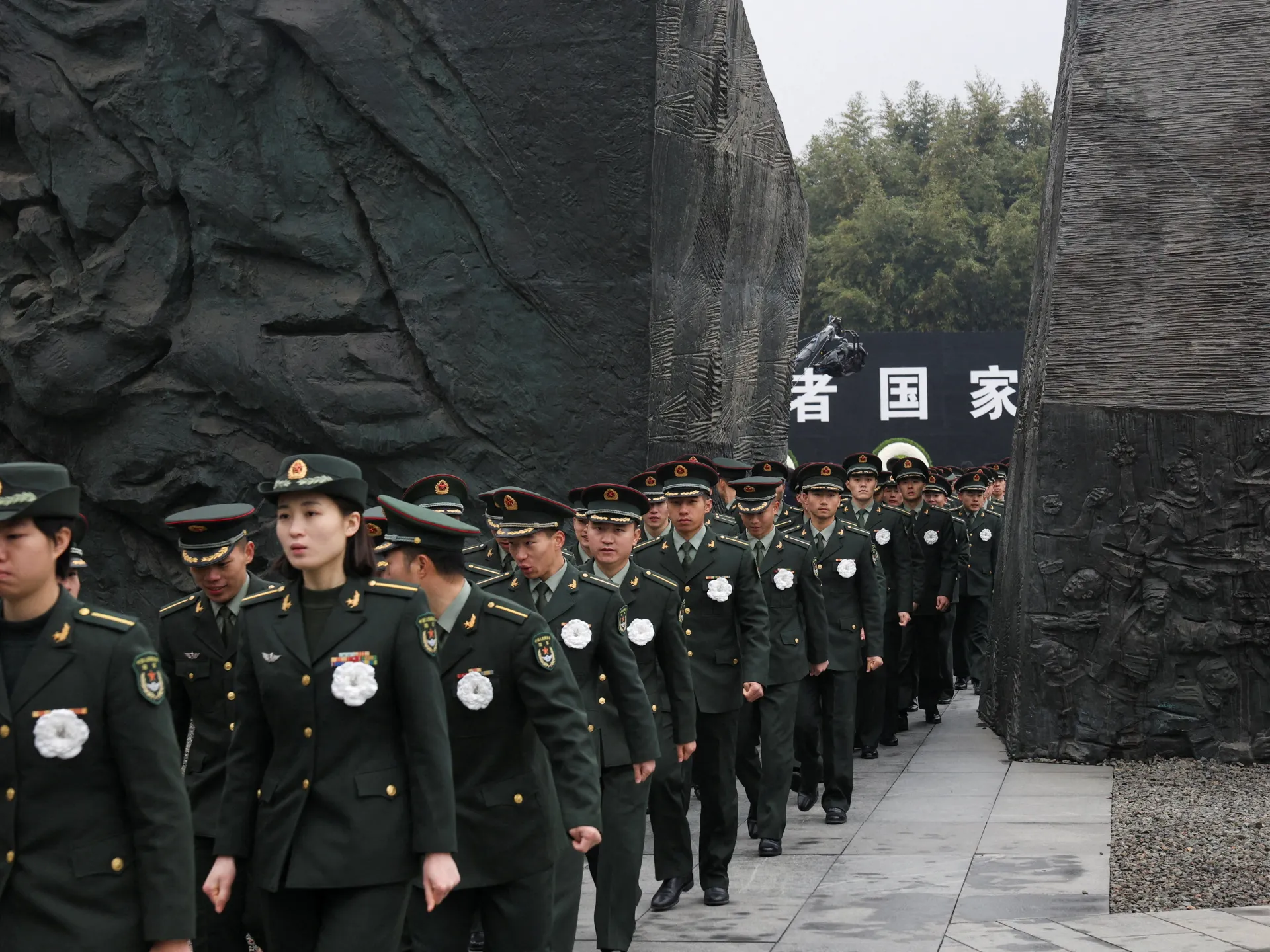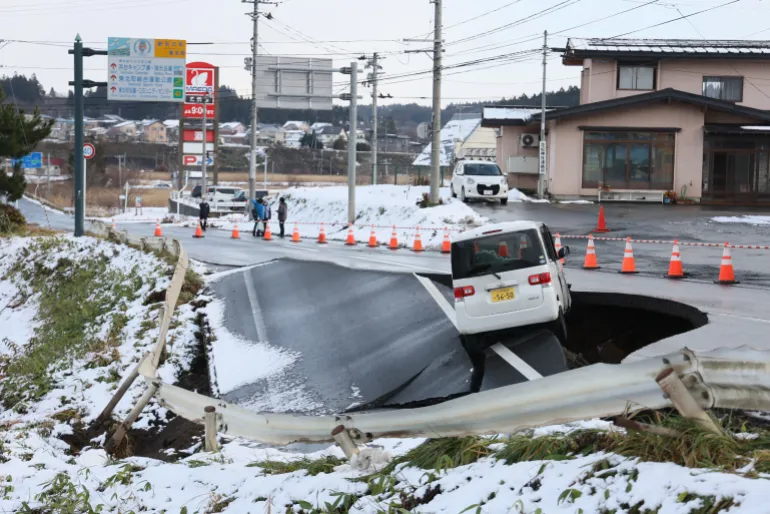The Seto Ohashi Bridge spans 13.1km, connecting Japan’s main islands of Honshu and Shikoku via five smaller islands. It took ten years to complete and is one of the most expensive bridges in history
A seemingly endless double-decker bridge links five islands whilst appearing to ‘soar into the sky’.
The two-tiered Seto Ohashi Bridge is a coastal landmark joining Honshu, Japan’s main island, to Shikoku set against the stunning Seto Inland Sea. Construction on the engineering wonder kicked off back in 1978 and the public were allowed over a decade later. Since then, it’s enabled millions to cross the Seto Inland Sea in just 20 minutes, slashing the previous ferry journey time of over an hour.
It’s not merely an engineering triumph. The bridge also draws in tourists. Bridge aficionados flock to vantage points like the Seto Ohashi Memorial Park to witness how the structure “soars both into the sky and distance”, as the Japanese tourist board describes it.
For those seeking a day trip, the park boasts gift shops, a rooftop viewing deck, Japanese gardens and a children’s playground. Visiting after dark offers even more breathtaking scenes as the bridge illuminates once dusk falls.
READ MORE: UK’s ‘lost Atlantis village’ that vanished overnight suddenly starts to re-appearREAD MORE: Tiny market town packed with independent shops has one of the UK’s best high streets
In pure statistics alone, Seto Ohashi is extraordinary. The complete length spans 13.1 kilometres (8.1 miles), with the longest section, the Minami Bisan-Seto Bridge, stretching 1,100m. The bridges accommodate two lanes of motorway traffic in each direction (Seto-Chūō Expressway) on the upper level and one railway line in each direction (Seto-Ōhashi Line) on the lower level.
The scheme took a decade to complete at a cost of US$7 billion (£5.3 billion), utilizing 3.646 million cubic meters of concrete and 705,000 tonnes of steel. The construction of the bridge also took a great human toll. Despite safety measures such as nets and ropes, 17 workers tragically lost their lives over the decade-long build. Today, it stands as the world’s longest combined railway and road bridge.
If you’re an admirer of grand architectural feats and fancy a trip to see the bridge, the simplest route is likely to fly into Tokyo and then catch a train to Okayama. You can get up close and personal with the bridge by train, bus or car. From Takamatsu and Okayama, hop on the JR Marine Liner. Buses to Memorial Park depart from Sakaide Station and take about 20 minutes.
There are several points of interest along the bridge that might catch your eye:
Seijima
Once an island, Seijima is now linked to Shikoku via a land bridge. It’s a quaint spot, home to around 500 people who continue to uphold cultural traditions and festivals, like the Daishi Market and the autumn festival. Seijima is renowned for its abundant sea bream fishing grounds. In fact, tourist companies used to run boat tours complete with geisha for visitors to witness the spectacle of fishermen hauling in their nets.
Shamijima
Similar to Seijima, Shamijima was once an island but became part of the mainland during a land reclamation project. Its picturesque beach has been recognised by the Ministry of the Environment as one of Japan’s top 100. Here, you’ll find the Seto Ohashi Memorial Park and stunning views of the bridge.
Ogoshi District
Nestled to the east of Sakaide City, the Ogoshi district is beautifully situated on the slopes of Goshikidai Mountain, overlooking the Seto Inland Sea. The area is a thriving hub for farming, particularly orange and lemon orchards. The Goshikidai Skyline, a route that meanders along the mountain’s plateau, offers breathtaking views of the Seto Inland Sea.
Kagawa Prefecture
Once you’ve journeyed south to Shikoku, you’ll find yourself in the vibrant Kagawa. There’s an abundance to see, discover and, not least, savour here. Kagawa Prefecture is renowned as the birthplace of a famous udon noodle. Sanuki udon, known for its chewy texture, is thicker than other noodles.







